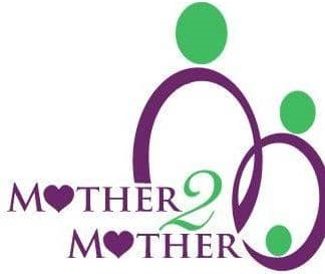That’s why we want to provide you with a solution that centralizes all of your tasks on one, simple platform. You also need to make sure you regularly check for changes and updates to the law, such as the upcoming introduction of the 2023 minimum double entry system of accounting wage increase in certain states. If you fail to keep up with your legal obligations, it could result in incorrect employee pay and withholdings calculations and tax liabilities.
- The following payroll best practices will help you design and implement an effective system that keeps your employees happy and keeps your business compliant with the law.
- Depending on which provider you choose, you may still be the one pushing through the payrolls, but overall, PEOs will take most of the HR and payroll functions of your business off your plate.
- You also need to document each step of the process for filing payroll registers and tax reports.
- Go through your payroll to ensure that all of the information and calculations are correct.
This means that you (or someone in your company) needs to understand what your legal and financial obligations are as an employer. Before you can start putting employees on payroll, you will need an Employer Identification Number (EIN). Just like your Social Security number (SSN) is to you as an individual, your EIN is a way to identify your small business for tax purposes. “Payroll manager” is generally thought of as a full-time position at most companies. One that requires sorting through all the ins and outs of a large business’s pay complexities.
Make sure you and new hires complete all the employment forms you’re legally required to submit. These forms will provide you with new hire data so that you properly classify and compensate employees. Legislation may differ based on your state or county, so make sure you check your state and county websites in addition to federal for all paperwork and deadlines. It’s not unusual to hear of occasional complaints about payroll computations. However, frequent incidence is a clear indication of the need to conduct regular audits of the entire payroll process. This is especially true for companies that still use a manual timecard system as they are exposed to high risk for discrepancies.
Find the right software, but don’t use it as a crutch
Most, but not all, small business owners need to get an EIN before they can apply for licenses, file payroll taxes or even open a bank account. Depending on where your business is based, you may need to get a state-level EIN on top of your federal EIN. Make sure you create a payroll calendar or schedule for managing your payments.
You’ll also want to make sure all of your employee information is secure so it can’t be accessed by employees or outsiders. The last thing you want is to allow secure employee information, such as salary amounts, into the hands of employees who then get frustrated with what they see. You must be sure Social Security numbers, bank accounts and other secure data cannot be accessed, stolen or misused. Throughout her career, Heather has worked to help hundreds of small business owners in managing many aspects of their business, from bookkeeping to accounting to HR. Before joining Fit Small Business, Heather was the Payroll/HRS Manager for a top cloud accounting firm in the industry. Her experience has allowed her to learn first hand what the payroll needs are for small business owners.
How Payroll Works With Small Businesses
This simplifies payment processing and reduces employee confusion about when they will be paid and the time frames their paychecks will cover. Once you create a template for the calendar, save it on your hard drive so you can update it when needed. What’s more, Factorial’s payroll software is a solid SaaS solution with a strong emphasis on data security. With Factorial, all database information is encrypted, helping you keep your sensitive data secure.
How Homebase Streamlines Payroll for Hourly Employees
But in addition to the costs around payroll, you also need to budget for the cost of payroll itself—or, in other words, how much cash you need to pay your employees and cover any taxes. Employee misclassification—claiming an employee is a contractor (or vice versa)—can result in significant fines, tax penalties, and even potential lawsuits for unpaid benefits and overtime. For example, an hourly full-time employee who earns $20 an hour would take home $800 per 40-hour workweek (before taxes). A manual payroll system is cheaper than hiring a service provider to do the work for you. While it is less expensive, it does run the risk of errors in calculations and withholdings.
Documenting your payroll process is an important step in managing payroll. This strategy helps when analyzing and auditing your payroll system as it highlights each step and makes it easier to identify weak points in the process. Once you develop a payroll process that works best for your business, document these procedures and share them with the payroll team to help ensure each payroll staff member understands their role. An effective payroll calendar should show all pay periods for the year.

